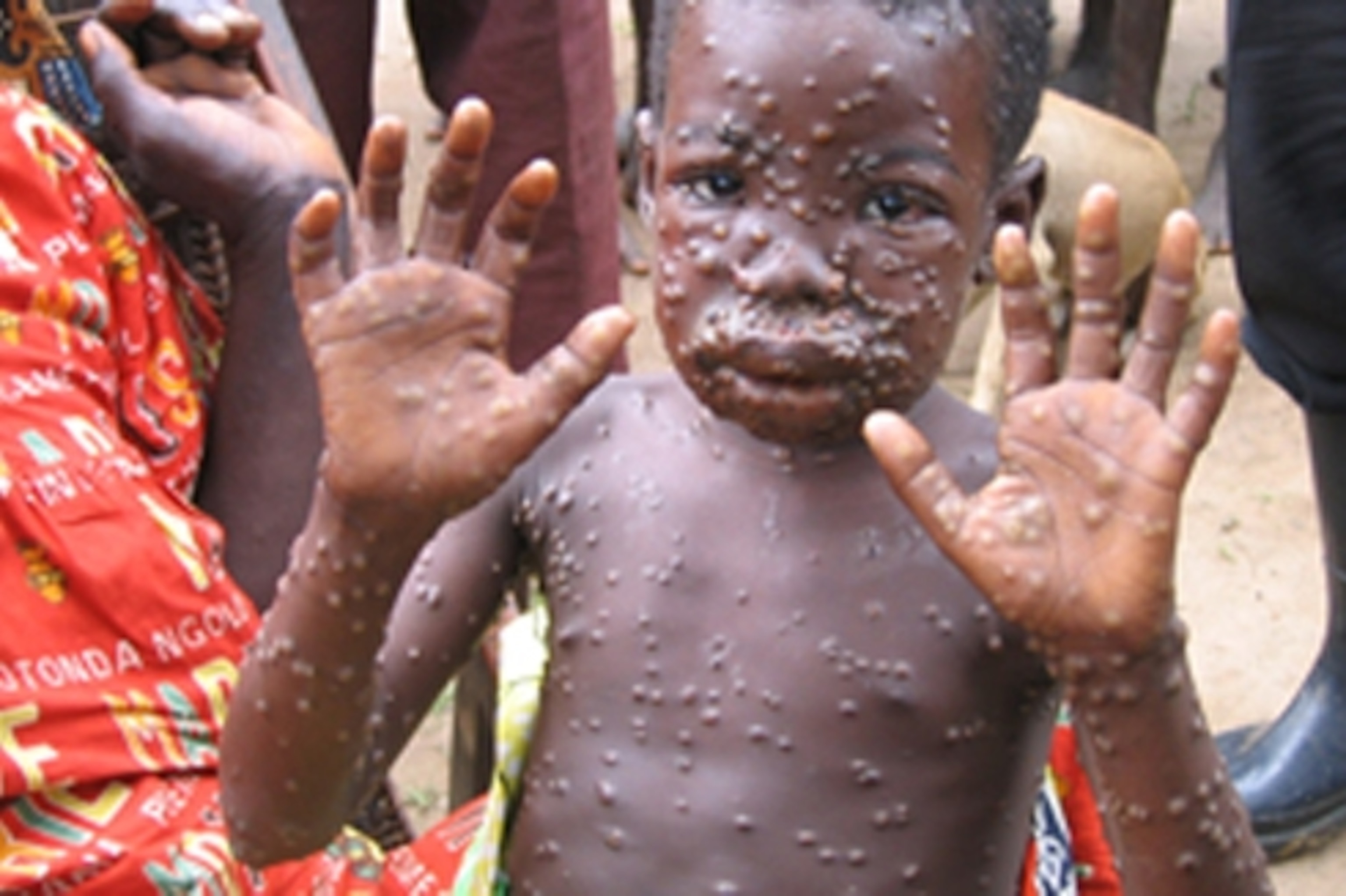

Following the confirmation of isolated cases of the rare monkeypox virus in the United States, Canada and Europe, the question on everyone’s mind is ‘What is monkeypox and should I be worried?”
To answer your burning questions, Our Today has compiled a list of the most commonly asked questions about monkeypox with answers provided by the World Health Organization and the United States Centers for Disease Control and Prevention.
What is Monkeypox?
Monkeypox is a virus transmitted to humans from animals. It was first discovered in 1958 when two outbreaks of a pox-like disease occurred in colonies of monkeys kept for research, hence the name ‘monkeypox’.
The first human case of monkeypox was recorded in 1970 in the Democratic Republic of Congo during a period of intensified effort to eliminate smallpox. Since then, monkeypox has been reported in humans in other central and western African countries, often in proximity to tropical rainforests.
Signs and Symptoms of Monkeypox
In humans, the symptoms of monkeypox are similar to but milder than the symptoms of smallpox. Monkeypox begins with fever, headache, muscle aches, exhaustion, chills and swollen lymph nodes.
The incubation period (time from infection to symptoms) for monkeypox is usually 6−13 days but can range from 5−21 days.

Within one to three days after the appearance of fever, the patient develops a rash, often beginning on the face then spreading to other parts of the body. It affects the face (in 95 per cent of cases), and palms of the hands and soles of the feet (in 75 per cent of cases).
Monkeypox is usually a self-limited disease with the symptoms lasting from two to four weeks. Severe cases occur more commonly among children and are related to the extent of virus exposure, patient health status and nature of complications.
How can you catch Monkeypox?
The transmission of the monkeypox virus occurs when a person comes into contact with the virus from an animal, human, or materials contaminated with the virus.
The virus enters the body through broken skin (even if not visible), the respiratory tract, or the mucous membranes (eyes, nose, or mouth).
Animal-to-human transmission may occur by bite or scratch, bush meat preparation and direct contact with bodily fluids.

Human-to-human transmission is thought to occur primarily through large respiratory droplets, but may also occur through direct contact with bodily fluids.
How to prevent Monkeypox?
There are a number of measures that can be taken to prevent infection with monkeypox virus. These include:
- Avoiding contact with animals that could harbour the virus (including animals that are sick or that have been found dead in areas where monkeypox occurs).
- Avoiding contact with any materials, such as bedding, that have been in contact with a sick animal.
- Isolating infected patients from others who could be at risk for infection.
- Practising good hand hygiene after contact with infected animals or humans. For example, washing your hands with soap and water or using an alcohol-based hand sanitiser.
- Using personal protective equipment (PPE) when caring for infected patients.
READ: Spain, Portugal monkeypox cases tallies each surpass 20







Comments